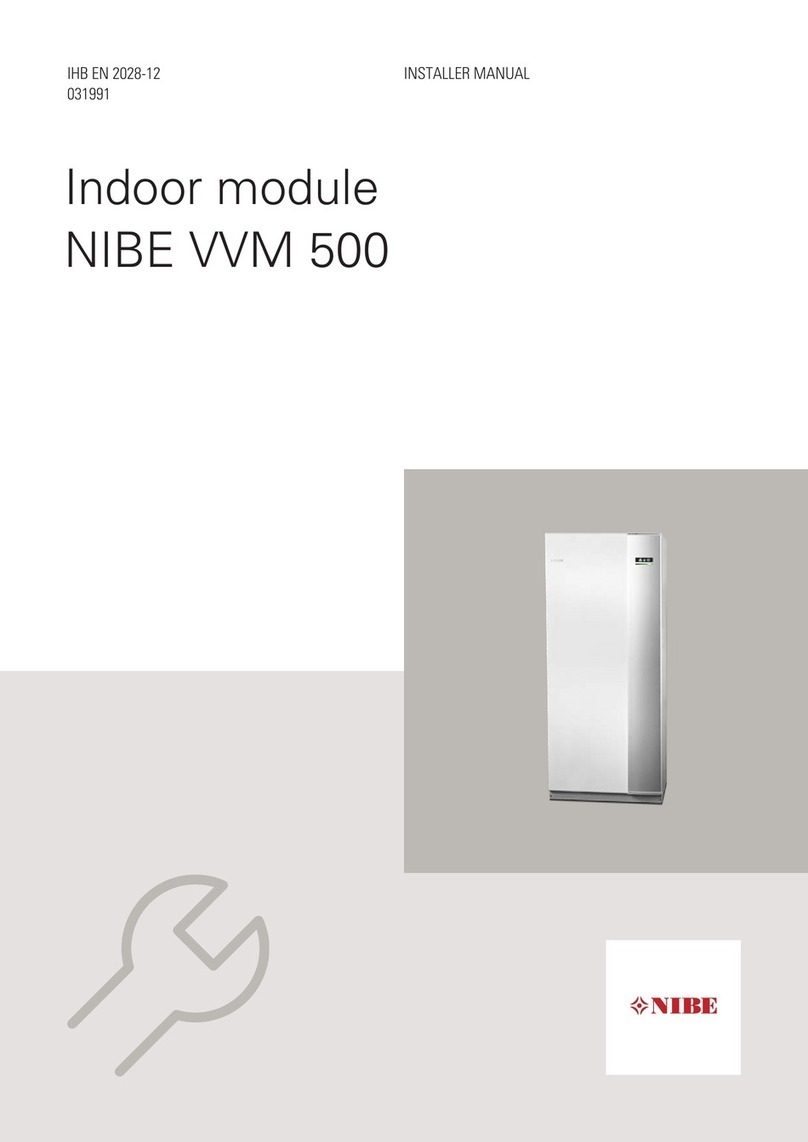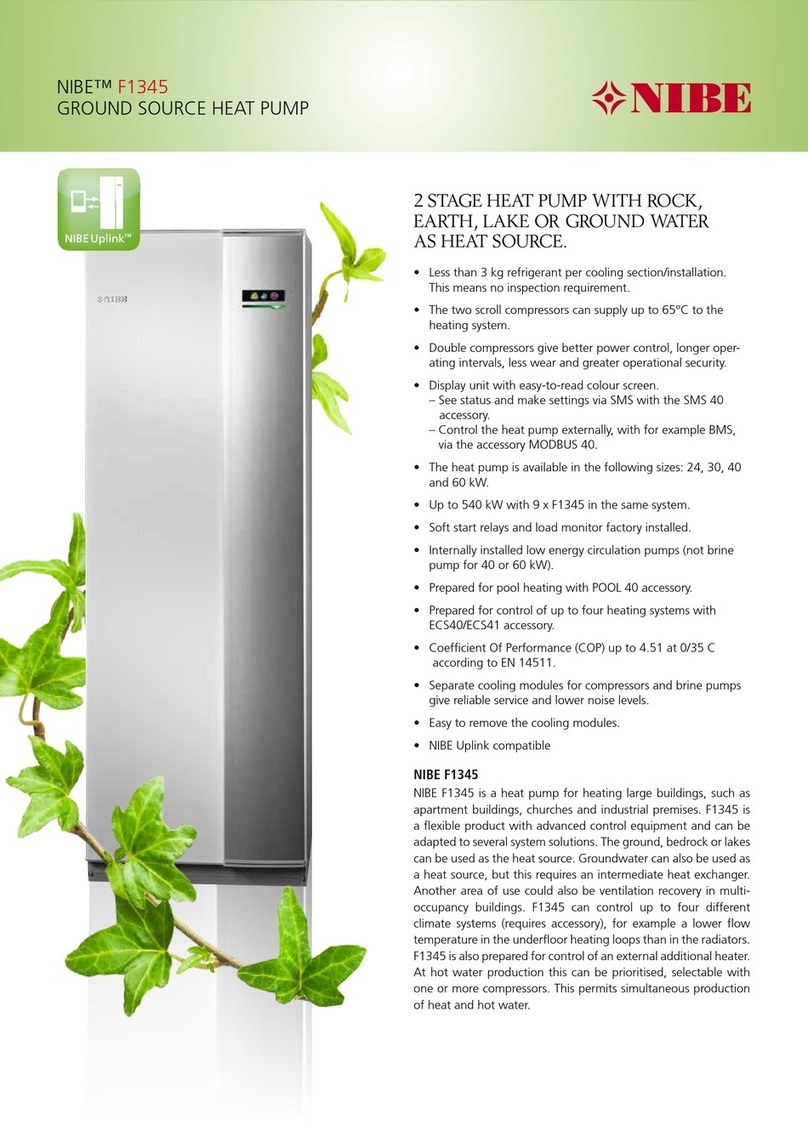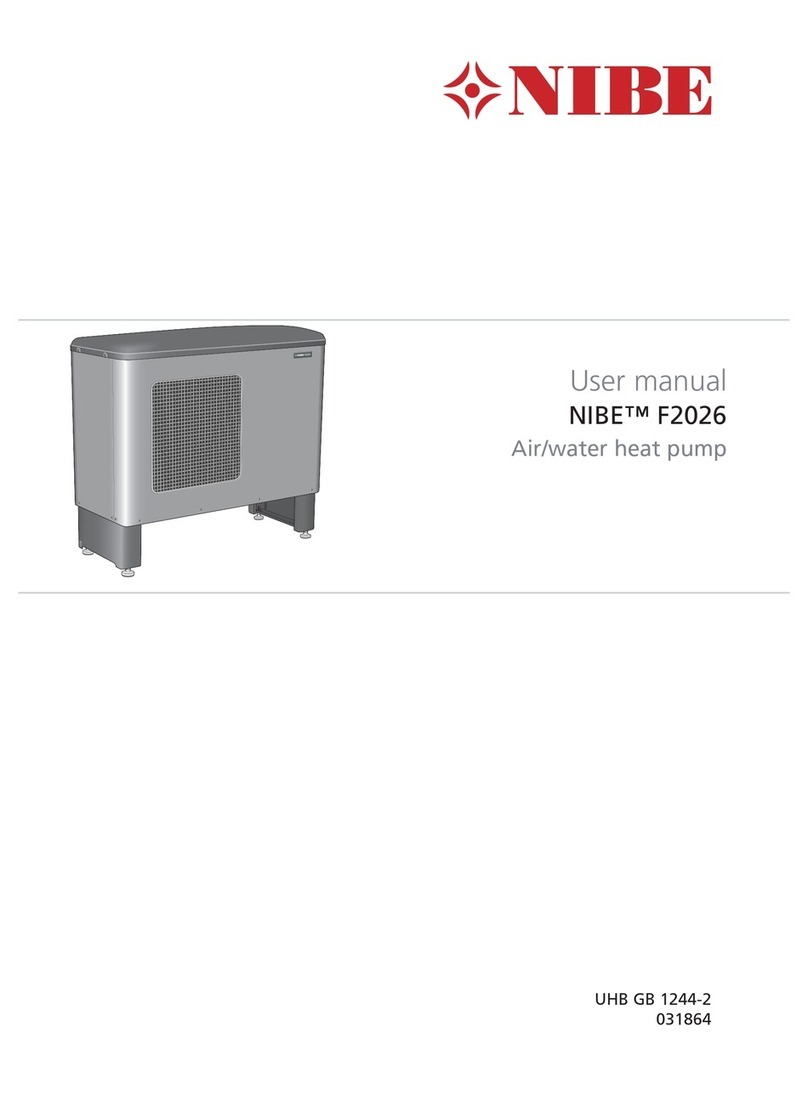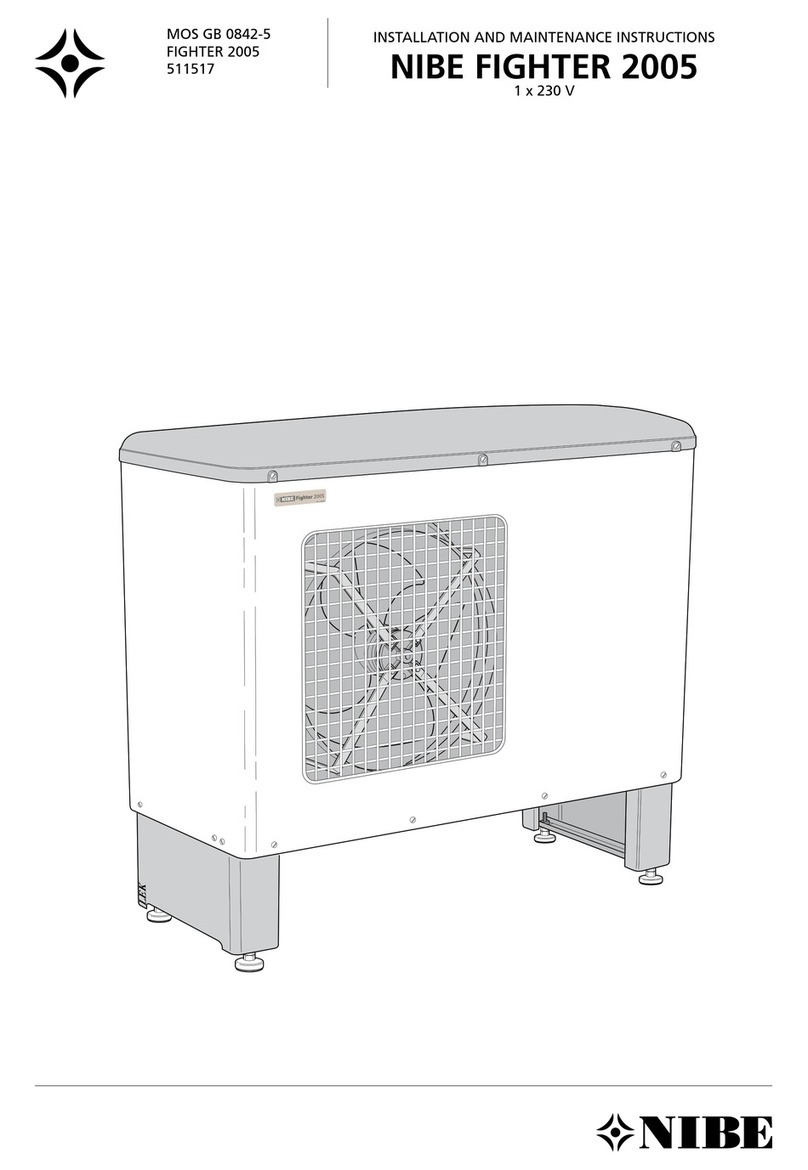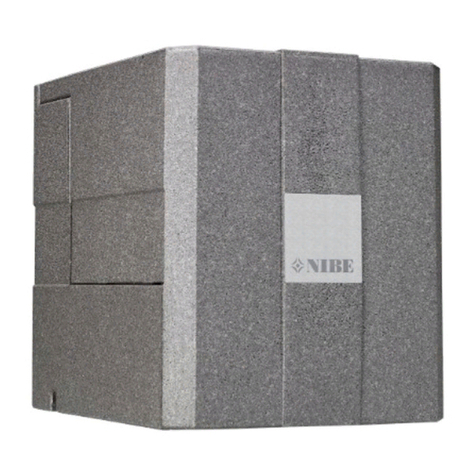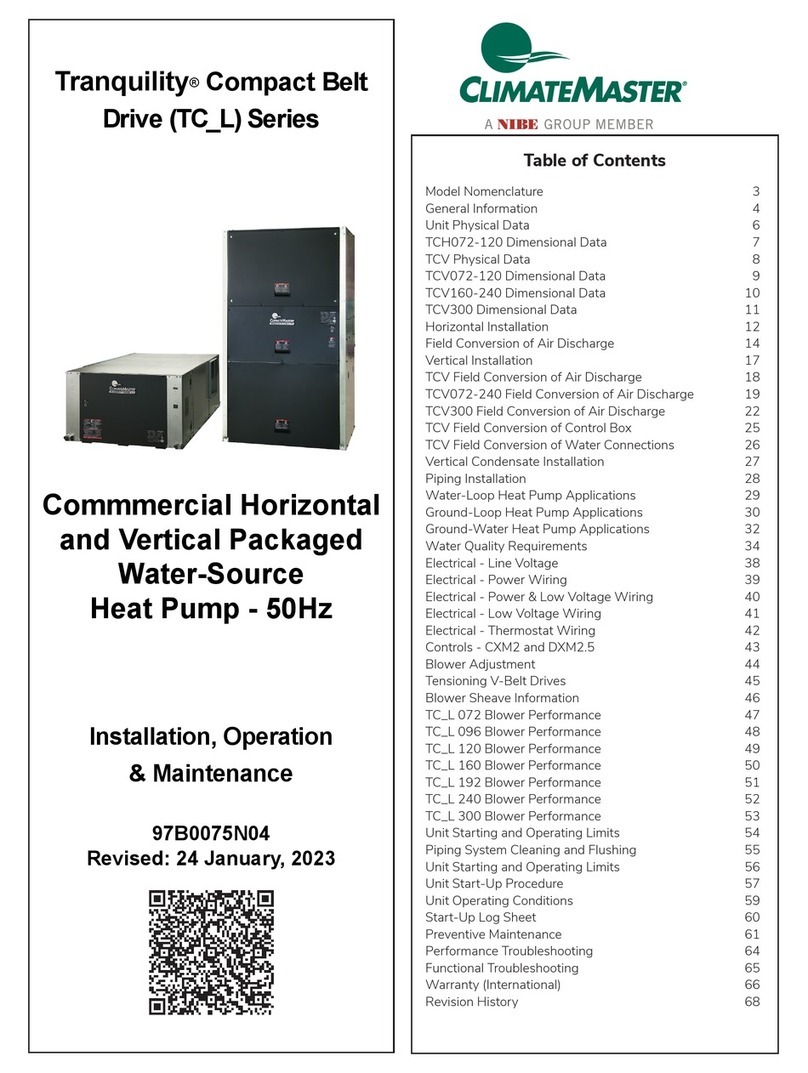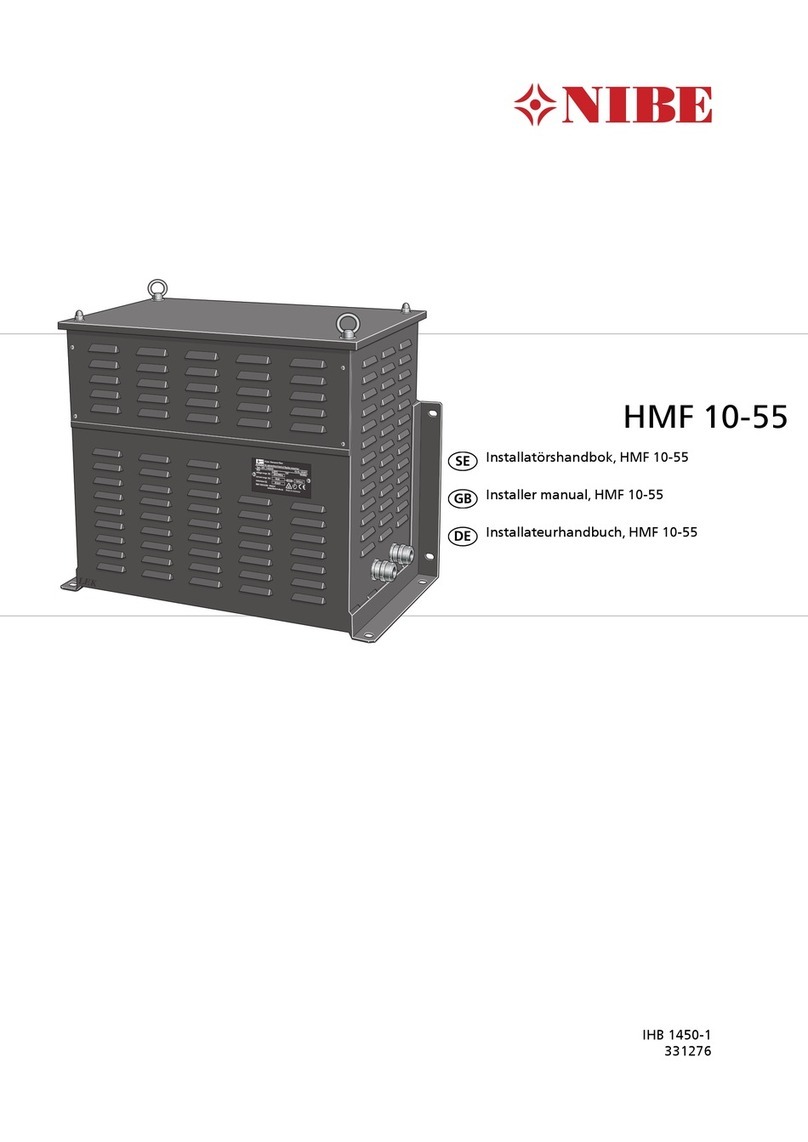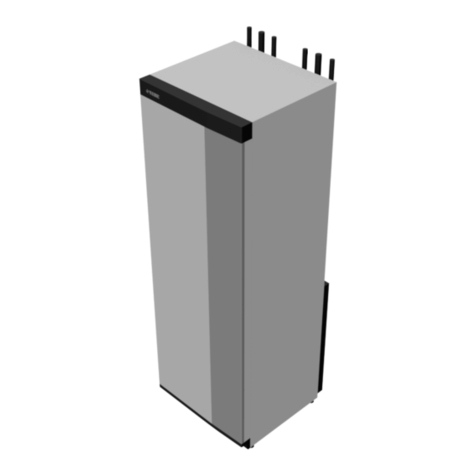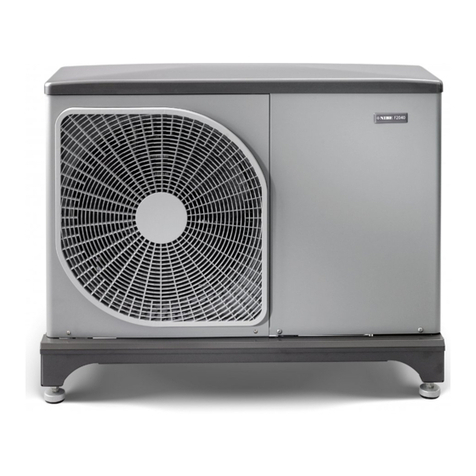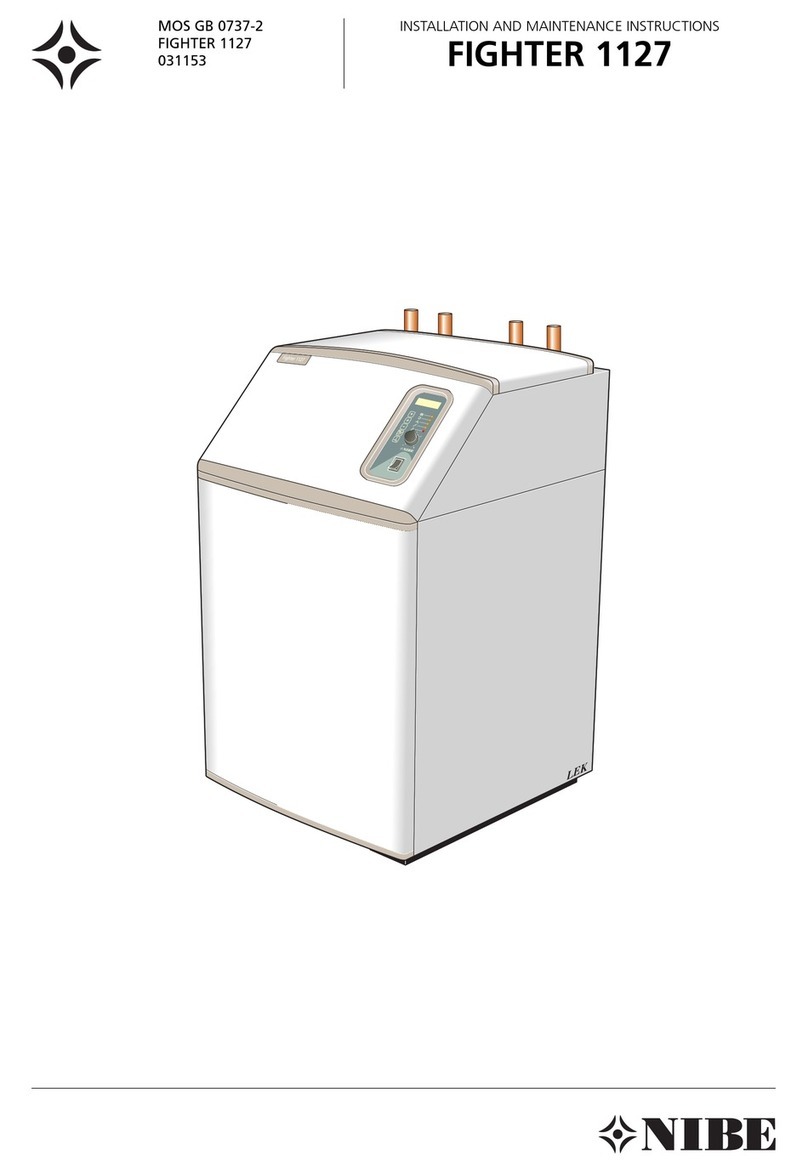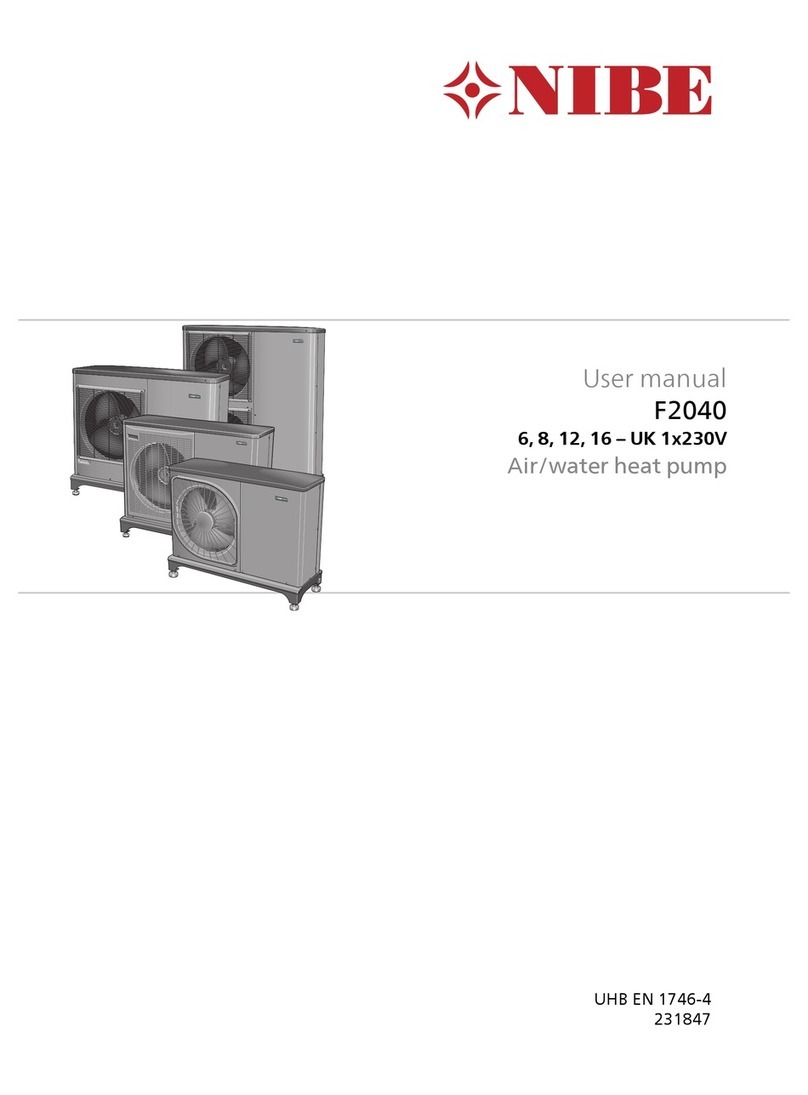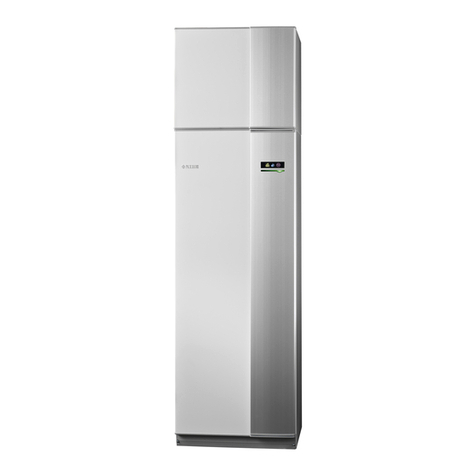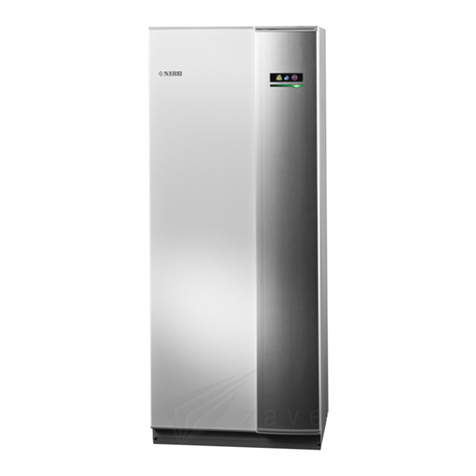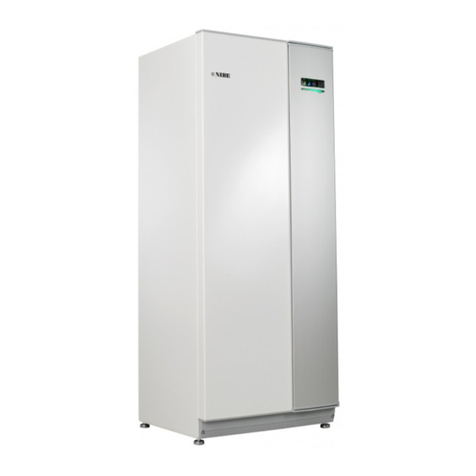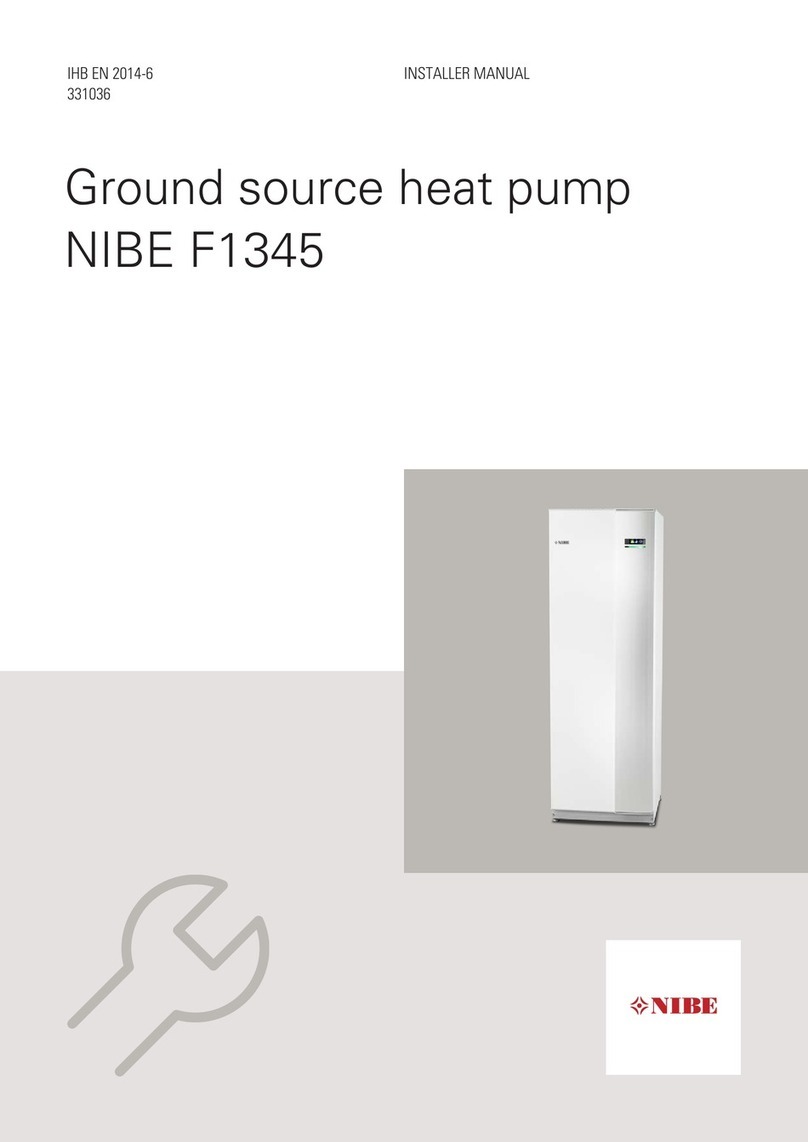
ClimateMaster Water-Source Heat Pumps
4
ClimateMaster WATER-SOURCE HEAT PUMPS
Rooftop (TRT)Series
Rev.: November 21, 2022
WARNING! To avoid equipment damage, do not use these
units as a source of heat during the construction process.
The mechanical components and lters used in these units
will quickly become clogged with construction dirt and debris
which may cause system damage.
WARNING! Some units may be charged with refrigerants
other than 410A and are so labeled. Use appropriate
refrigerant handling techniques. Mixing refrigerants in units
is dangerous and can cause equipment damage. To avoid
the release of refrigerant into the atmosphere, the refrigerant
circuit of this unit must only be serviced by technicians who
meet local, state and federal prociency requirements.
Inspection
Upon receipt of shipment at the job site, carefully check
the shipment against the bill of lading. Make sure all units
have been received. Inspect the carton or crating housing
of each Rooftop Unit and inspect each unit for damage.
Assure that the carrier makes proper notation of any
shortages or damage on all copies of the freight bill and
that he completes a Carrier Inspection Report. Concealed
damage not discovered during unloading must be reported
to the carrier within 15 days of receipt of shipment.
NOTE: It is the responsibility of the purchaser to le all
necessary claims with the carrier.
Storage
Upon the arrival of equipment at the job site, immediately
store units in a clean, dry area. Store units in an upright
position at all times. TRT units should be stacked no
more than 2 high. Do not remove equipment from
pallets until equipment is required for installation
Unit Protection
Cover rooftop units on the job site. Cap the open ends of
pipes. In areas where painting, plastering, roong, or the
spraying of reproof material has not been completed, all
due precautions must be taken to avoid physical damage
to the units and contamination by foreign material.
Physical damage and contamination may prevent
proper start-up and may result in costly equipment
cleanup.
Pre-Installation
Installation, operation and maintenance instructions
are provided with each unit. Before unit start-up, read
all manuals and become familiar with the unit and its
operation. Thoroughly check out the system before
operation.
Prepare rooftop units for installation as follows:
1. Compare the electrical data on the unit nameplate
with ordering and shipping information to verify that
the correct unit has been shipped.
2. Select an installation site on the roof which allows
adequate clearance for maintenance and servicing
of the unit. A minimum of two feet of clearance is
required on all service access and drain connection
sides of the unit.
3. Verify that refrigerant tubing is free of kinks or dents,
and that it has not been damaged during shipping.
⚠
WARNING!
⚠
⚠
WARNING!
⚠
⚠
CAUTION!
⚠
CAUTION! Supply air duct is inaccessible from inside unit
once unit is installed.
WARNING! The installation of water-source heat pumps and
all associated components, parts, and accessories which
make up the installation shall be in accordance with the
regulations of ALL authorities having jurisdiction and MUST
conform to all applicable codes. It is the responsibility of
the installing contractor to determine and comply with ALL
applicable codes and regulations.
⚠
WARNING!
⚠
General Information
4. Examine all pipes, ttings, valves and components
before installing the system. Remove any dirt found
on or in these components and assure that all
components are securely tted.
5. Verify curb is proper size for unit. Install curb
according to manufacturer's instructions prior to
installing unit.
6. Properly size supply and return duct work. Mount
supply air duct to curb before installing unit.
